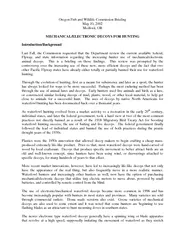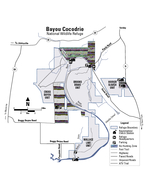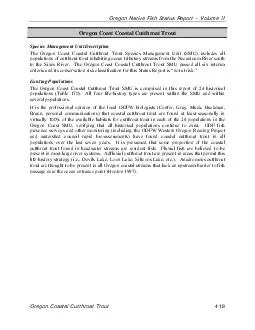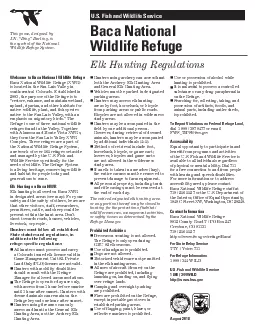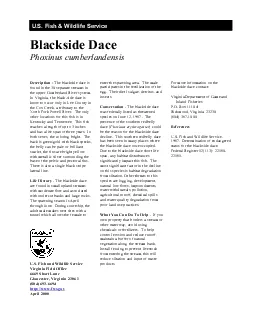PDF-Oregon Fish and Wildlife Commission Briefing May Med
Author : kittie-lecroy | Published Date : 2015-05-25
This is a briefing on those findings This review was prompted by the controversy over the increasing use of these new more efficient decoys and the fact that two
Presentation Embed Code
Download Presentation
Download Presentation The PPT/PDF document "Oregon Fish and Wildlife Commission Brie..." is the property of its rightful owner. Permission is granted to download and print the materials on this website for personal, non-commercial use only, and to display it on your personal computer provided you do not modify the materials and that you retain all copyright notices contained in the materials. By downloading content from our website, you accept the terms of this agreement.
Oregon Fish and Wildlife Commission Briefing May Med: Transcript
Download Rules Of Document
"Oregon Fish and Wildlife Commission Briefing May Med"The content belongs to its owner. You may download and print it for personal use, without modification, and keep all copyright notices. By downloading, you agree to these terms.
Related Documents

